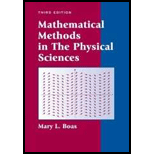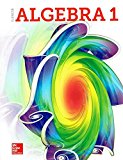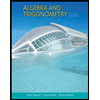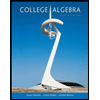
Concept explainers
Using (2.6) and (2.7) and the requirement that
Want to see the full answer?
Check out a sample textbook solution
Chapter 12 Solutions
Mathematical Methods in the Physical Sciences
Additional Math Textbook Solutions
Finite Mathematics & Its Applications (12th Edition)
Calculus for Business, Economics, Life Sciences, and Social Sciences (14th Edition)
Finite Mathematics for Business, Economics, Life Sciences and Social Sciences
Mathematics with Applications In the Management, Natural and Social Sciences (11th Edition)
Introductory Combinatorics
Introductory Mathematics for Engineering Applications
- An epidemiological study of the spread of a certain influenza strain that hit a small school population found that the total number of students, P, who contracted the flu t days after it broke out is given by the model P=t2+13t+130,where1t6. Find the day that 160 students had the flu. Recall that the restriction on t is at most 6.arrow_forwardThe model L=4S gives the total number of legs that S sheep have. Using this model, we find that12 sheep have L= legs.arrow_forwardStock is removed from a block in two operations. The original thickness of the block is represented by n. The thickness removed by the milling operation is represented by p and the thickness removed by the grinding operation is represented by t. What is the final thickness of the block?arrow_forward
- Algebra & Trigonometry with Analytic GeometryAlgebraISBN:9781133382119Author:SwokowskiPublisher:Cengage
 Mathematics For Machine TechnologyAdvanced MathISBN:9781337798310Author:Peterson, John.Publisher:Cengage Learning,
Mathematics For Machine TechnologyAdvanced MathISBN:9781337798310Author:Peterson, John.Publisher:Cengage Learning,
 Glencoe Algebra 1, Student Edition, 9780079039897...AlgebraISBN:9780079039897Author:CarterPublisher:McGraw Hill
Glencoe Algebra 1, Student Edition, 9780079039897...AlgebraISBN:9780079039897Author:CarterPublisher:McGraw Hill Algebra and Trigonometry (MindTap Course List)AlgebraISBN:9781305071742Author:James Stewart, Lothar Redlin, Saleem WatsonPublisher:Cengage Learning
Algebra and Trigonometry (MindTap Course List)AlgebraISBN:9781305071742Author:James Stewart, Lothar Redlin, Saleem WatsonPublisher:Cengage Learning College AlgebraAlgebraISBN:9781305115545Author:James Stewart, Lothar Redlin, Saleem WatsonPublisher:Cengage Learning
College AlgebraAlgebraISBN:9781305115545Author:James Stewart, Lothar Redlin, Saleem WatsonPublisher:Cengage Learning





